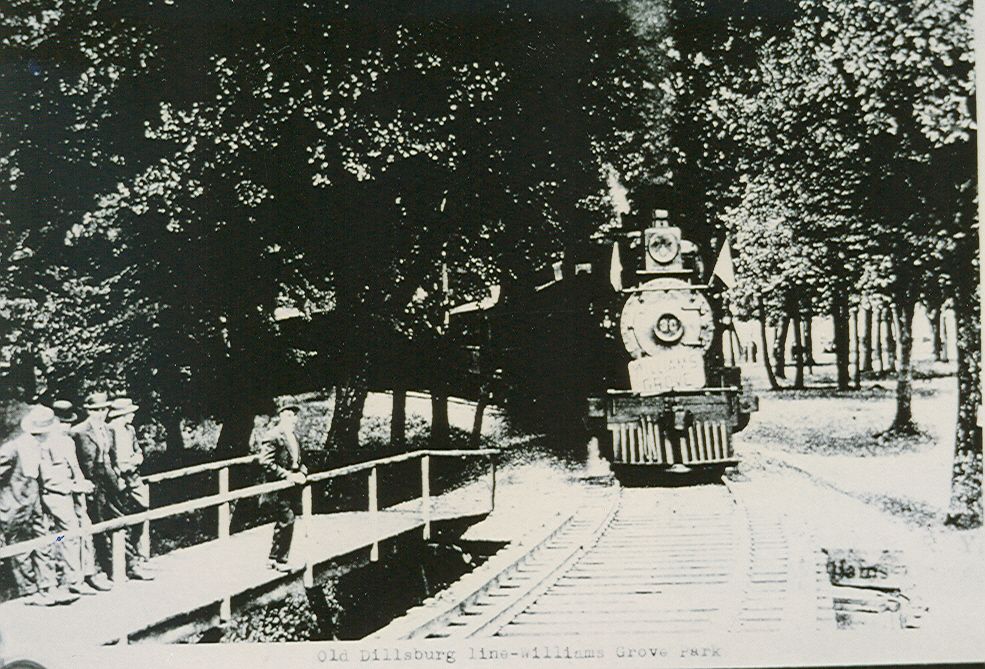Jim E. Largent Sr.
 Largent discusses his experiences growing up and his time working for a railroad company. Watch Story...
Largent discusses his experiences growing up and his time working for a railroad company. Watch Story...
Image: Dam on Mountain Creek by Jim Bradley
An initiative of the Cumberland County Historical Society the Elizabeth V. and George F. Gardner Digital Library seeks to fulfill the Society's mission of collecting, engaging, and sharing the stories of Cumberland County.
Interview of E. Jean Bixler of Boiling Springs, Pennsylvania for the Elizabeth V. and George F. Gardner Digital Library. Bixler discusses growing up in Boiling Springs as well as her family.
Interview of Nicole Witmer by Alan Schultze on March 25, 2015. Witmer discusses growing up on a farm outside of Carlisle, Pennsylvania and the physical changes to the landscape as farms are replaced by warehouses in the area. She further talks about her school experiences including being home schooled, attending Pennsylvania Cyber Charter School, and Shippensburg University.
When Sarah Filey was growing up in rural Cumberland County in the 1830s and 1840s, she could not have imagined that ten years of her life would be spent more than 5,000 miles away in Constantinople, Turkey.
Margaret MacDonald was born on June 22, 1760, one of Duncan and Sarah MacDonald’s four children.1 Her father, described as “the old Scotch highland piper,”2 likely served in one of the British regiments sent to Carlisle during the French and Indian War.
Interview of Madeline Lyons for the Elizabeth V. and George F. Gardner Digital Library Memory Bank. Lyons discusses the role St. Patrick Catholic Church in Carlisle, PA played in her life as well as her work as a nurse and her involvement in a number of local community organizations.
Many doctors worked in multiple towns and villages during their early careers before finding enough work to settle in one location. It was the same with Dr. Frederick Hartzell. He served the village of Churchtown from 1875 until his death in 1894.
Interview of Claire M. Brehm for the Elizabeth V. and George F. Gardner Digital Library Memory Bank. Brehm discusses her connection with St. Patrick Church in Carlisle, PA and how her Catholic Faith has guided her over the course of her life.
 Largent discusses his experiences growing up and his time working for a railroad company. Watch Story...
Largent discusses his experiences growing up and his time working for a railroad company. Watch Story...
 “The Dillsburg and Mechanicsburg Railroad was built with the backing of the Cumberland Valley Railroad primarily to haul iron ore from the vast reserves around Dillsburg to furnaces in the Harrisburg region. Read Article...
“The Dillsburg and Mechanicsburg Railroad was built with the backing of the Cumberland Valley Railroad primarily to haul iron ore from the vast reserves around Dillsburg to furnaces in the Harrisburg region. Read Article...
Reproduced below are a number of the photographs which were displayed at the Cumberland County Historical Society as an exhibit "Hey Ollie, Let's Go Railroading." Over 250 photographs were put on display as a tribute to all the railroaders, both here and gone, who worked in the Cumberland Valley. Read Story...